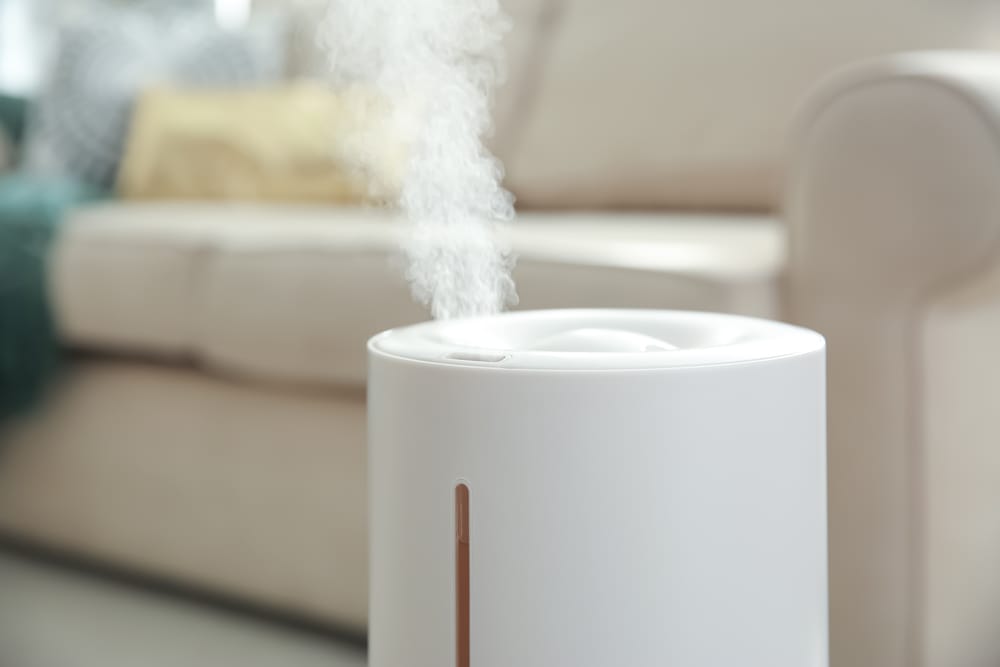
As the seasons change and the weather gets cooler here in Canada, many of us notice that our homes can feel uncomfortably dry. This dry indoor air can lead to many irritations, like dry skin, itchy eyes, and even sudden static shocks. Fortunately, you can avoid this in your home by first knowing what causes dry air and second, learning how to fix it. This can help create a more comfortable living space for you and your family during those chillier winter months.
What Is Considered To Be Dry Air?
Dry air usually means that the humidity level in your home is below 30%. Ideally, you want indoor humidity to be between 30% and 50%. When it dips below this range, the air can feel colder, even if the indoor temperature in your home is warm. Low humidity can also worsen health issues like dry skin, a bloody nose, or respiratory problems, so keeping your home’s humidity levels in check is crucial.
Signs That Your House Air is Dry
Some common signs of dry air in your home are:
Dry skin and itchy eyes: If you constantly need to apply moisturizer or your eyes itch quite often during the day, it might be due to dry air.
Frequent nosebleeds: Low humidity can dry out your nasal passages, making nosebleeds more likely, especially after a night of sleep.
Static electricity: If you find yourself getting shocked when touching metal objects or other people around you, that’s a classic sign of dry air in the environment.
Worsening respiratory issues: If you suffer from asthma or allergies, you may notice that overly dry air is worsening your symptoms.
Causes Of Dry Air Inside Your Home
There are a range of elements in your home that can contribute to dry air. Some of them include:
HVAC systems: Central heating, especially forced-air systems, can reduce indoor humidity levels because as the air heats up, it holds less moisture, leading to dry, warm air.
Cold weather coming in: During winter, outdoor air is often much drier, and cold winter air can lower humidity levels when it comes inside.
Location: If you live in a dry climate or at a higher altitude, you’re more likely to experience dry air indoors.
How To Humidify Your House?
Invest in a good humidifier: A portable or whole-home humidifier is one of the best ways to help keep your humidity levels just right. Remember to clean it regularly to avoid mould buildup.
Use bowls of water: Place bowls of water near heat sources. As the water evaporates, it adds moisture to the dry air.
Add houseplants to your home: Some plants, like peace lilies and spider plants, can help increase humidity through a process called transpiration.
Shower with the door open: Letting steam escape into your home during hot showers can help increase moisture levels and remove dry indoor air.
Conclusion
Dealing with dry air in your home doesn’t have to be a hassle. Whether you choose to use a humidifier or add some houseplants, creating a comfortable and healthy environment is possible. If you’re unsure of how to get started with turning your dry air into healthy moist air, speak to experts about air quality services in Winnipeg to learn more and make your home cozier, healthier, and more inviting today!

